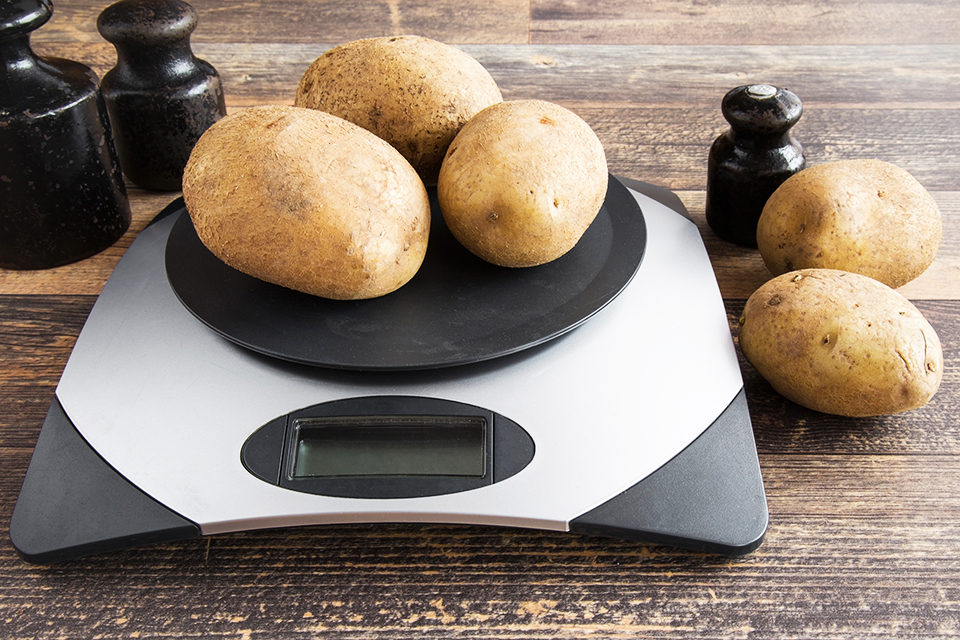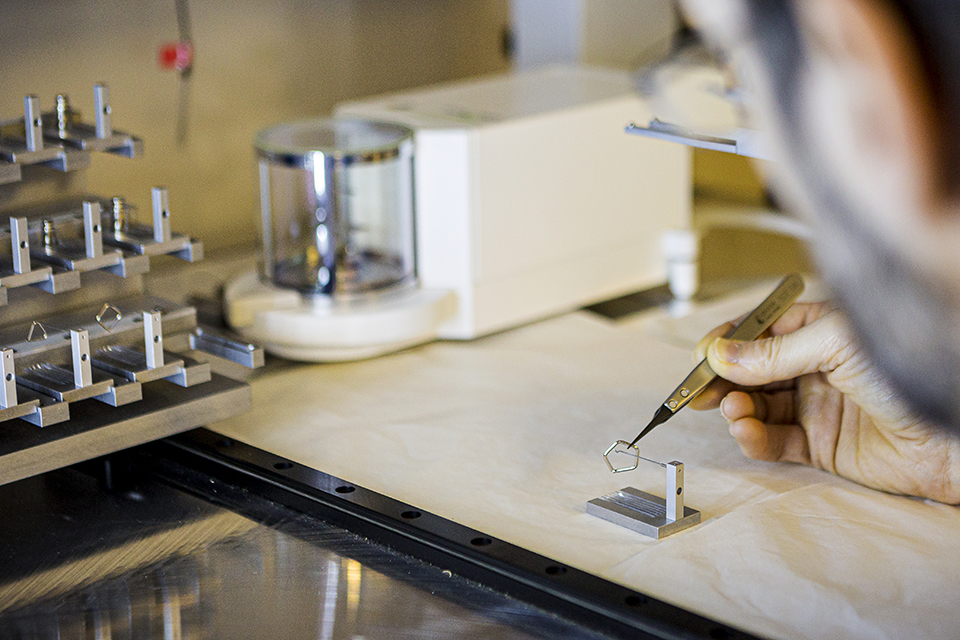Consumer products: value for your money
Ensuring you get what you pay for.
Imagine you are out at the weekend and pop into a corner shop for 5 kilograms of loose potatoes, which are weighed at the counter. On the way back you stop at a service station and put 30 litres of petrol in your car, or so the pump display says. Can you be sure of fair measures, particularly given the prices these days, when every penny can count? While you might be able to check the weight of your spuds on scales at home, there’s no easy way to verify the volume of fuel.


In fact, you can shop with confidence. All equipment for weighing or measuring consumer goods is tightly regulated. It must be made to an approved design and marked to confirm it’s accurate. The smaller the items it’s intended to weigh or measure, the more accurate it must be.
The rules cover glasses for measuring and selling liquids, such as those used in pubs and restaurants. They must state how much they hold, display an ‘M’ (for metrology) next to the year they were made, and have other markings to indicate they comply with the law. Whether your taste is for beer, wine or soft drinks, you will get the quantity you order.
Pint glasses can also feature a crown symbol. While this is now simply decorative, it echoes the crown stamp, the original accuracy mark dating back to 1698. This was replaced in 2006 but can still be seen on old glasses.
Setting the standards
The equipment businesses use to weigh or measure consumer goods is regularly tested to ensure it’s still accurate. This check is done by inspectors at Local Authority Trading Standards (or the Department for the Economy in Northern Ireland). Any equipment that fails cannot be used again until repaired.
OPSS supports this work at its purpose-built laboratories in Teddington, in south-west London. We assess the accuracy of the mass, length and volume standards the inspectors use to test the weighing and measuring equipment at businesses in their areas. We are the national regulator for legal metrology: the application of legal requirements to measuring and measuring instruments.

We can verify a 1 kg weight weighs 1 kg within plus or minus 0.5 milligrams. That’s like the weight of an average blue whale plus or minus a typical egg (140,000 kg and 70 g).
Doing what it says on the tin
Of course, a lot of the food you buy is not weighed in front of you. It’s often sold pre-packaged in set quantities, in tins, jars or bottles. These always give the weight or volume of their contents – for example 1 kg of baked beans or 1 litre of lemonade – but how do you know it’s accurate?
In such cases, it’s the packing process that is regulated. The average content of the packages must not be less than the stated quantity. What’s in an individual tin, jar or bottle can vary slightly, but only if the stated quantity is reached overall, for batches of, say, 10,000 or 100,000. In addition, the business cannot fall short too often, or by too much in any one package it fills.

Once again, this means you can buy with confidence. There is the same chance you will get a little less or a little more than the stated quantity on any package. Over time this will even out.
The approach is known as the ‘average system’ and accepts reasonable limits on the precision of industrial packing processes. Some businesses that follow the average system put an E-mark on their products next to the stated weight or volume. Look out for it the next time you are in a supermarket.
Read more about the sale of goods by weight or measure – Business Companion website